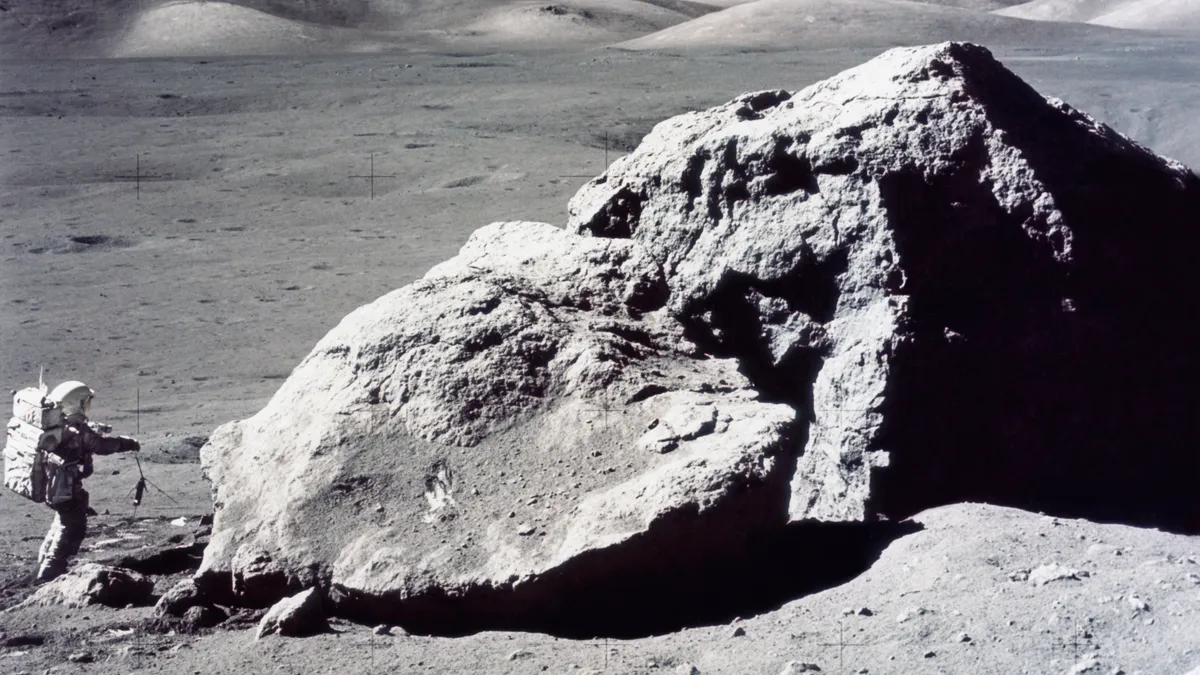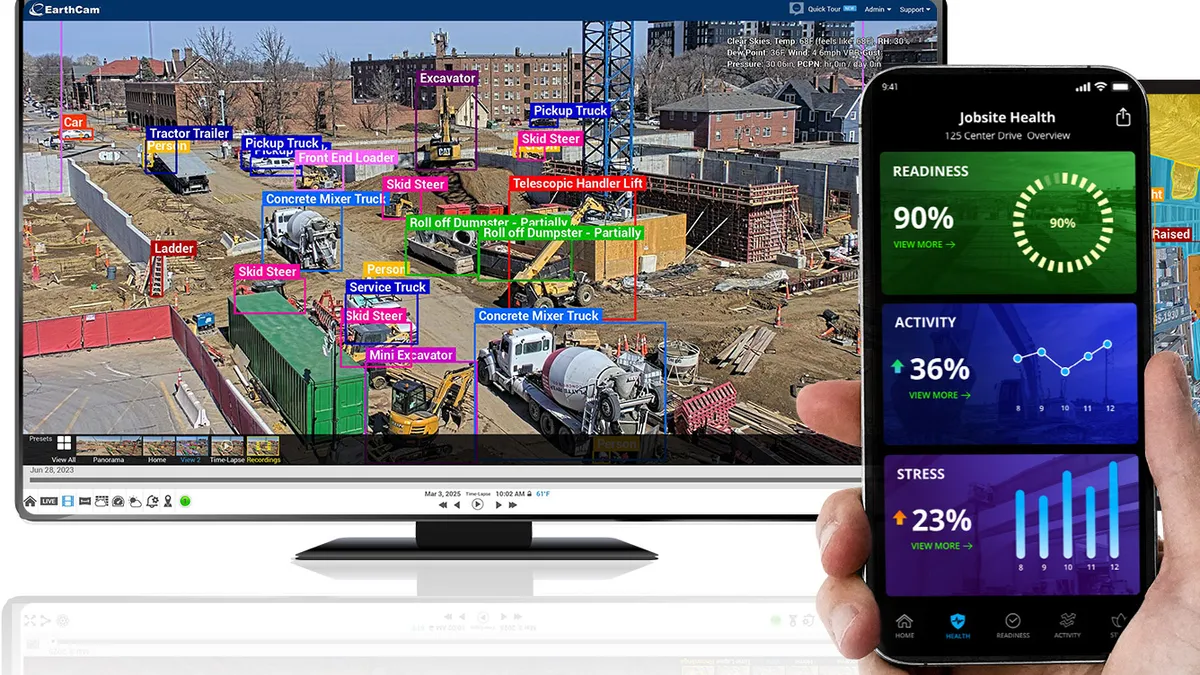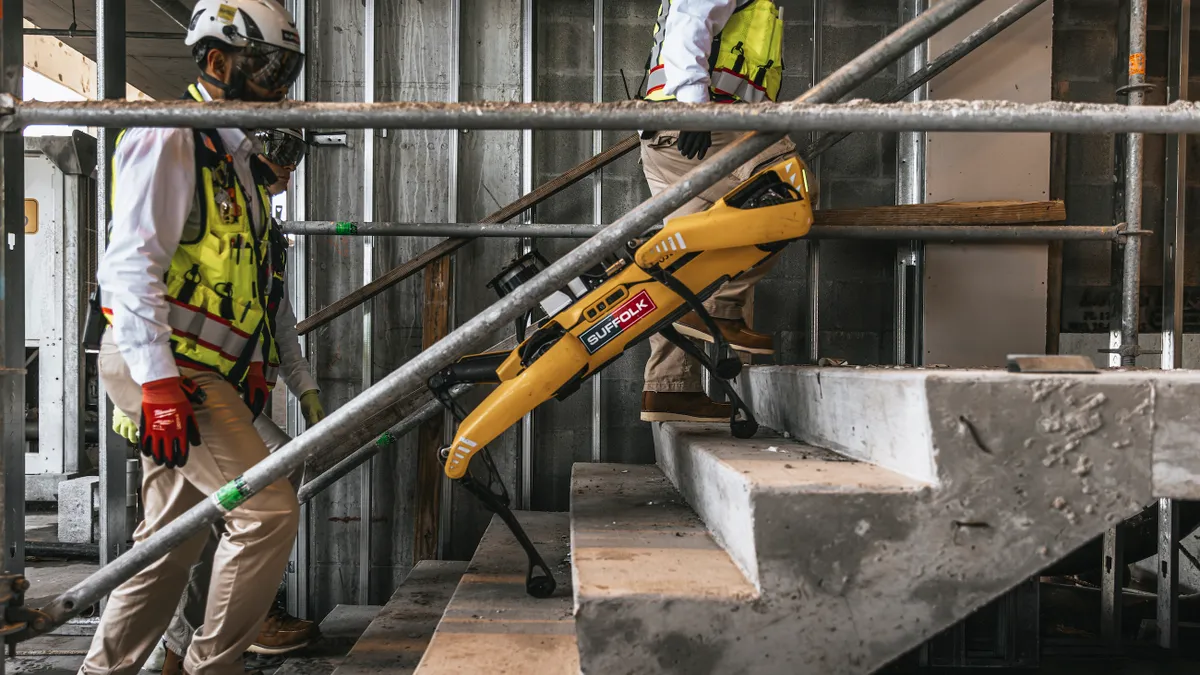The last time the United States sent astronauts to the moon was in 1972 (pictured above) in a mission to collect samples, deploy scientific instruments and learn more about volcanic activity. Fast-forward 50 years, and humanity has set its sights on a loftier goal — permanent settlements on the moon, and perhaps even Mars.
When the International Space Station first underwent construction in 1998, permanent structures built on the moon were viewed as something for the distant future. But today, some experts say despite the challenges in cost and environment, this vision may be close to realization.
It's all on the moon
The key to creating permanent structures on the moon or Mars is utilizing the material already found there, according to experts. It's cost prohibitive for companies to bring building materials to space, as space launches themselves can cost $81 million per astronaut, according to Fox Business.
The moon is also an inhospitable place. Aside from the lack of oxygen and low gravity, there are a plethora of problems that builders will have to contend with.
"You're operating in a vacuum environment, you're operating in a place that has extreme temperatures, hot and cold, and extreme temperature gradients that cause a lot of problems for structures and equipment," said Raymond 'Corky' Clinton, the leader of NASA’s Moon-to-Mars Planetary Autonomous Construction Technology project, which is working with companies such as Austin, Texas-based construction technology firm Icon to bring permanent structures to outer space.
Part of the problem is also lunar regolith, or moon dust, which is made up of ultra-tiny grains that form as a result of meteorite impacts on the moon's surface, breaking up over and over again over the course of millions of years, according to NASA.
The resulting dust can travel at hurricane-like speeds, and it's also razor sharp. It sticks to the suits of astronauts, along with spacecraft, and due to the dust's electrical charge, enough of them packed on to a rocket can destroy the ship’s electronics.
"It gets into everything," said Clinton, who holds a doctorate in aerospace engineering. "As we've seen from the Apollo missions, it gets into joints, and it's very abrasive. It gets on equipment and can cause overheating or loss of efficiency for solar arrays."
And once you get past the dust, there's the temperature changes to think about. Temperatures on the moon can range from -250 degrees F in the dark to 250 degrees F in the sun, according to NASA.
"It's a very inhospitable environment, not just for humans, but also for machines," said Clinton.
From the ground up
While NASA considers the dust one of its top challenges to sustainable habitation on the moon, Icon project managers see it as an opportunity. The company, which utilizes 3D printing robotics, software and advanced materials to create housing on Earth, believes it can use moon dust to 3D print buildings on the moon. If successful, astronauts will have all the raw material they need, since the lunar surface is caked in it.
"There is a strong focus on additive manufacturing as we can't bring traditional building materials to space," said Melodie Yashar, the director of Building Design and Building Performance at Icon, in an email. "It is prohibitively expensive to launch habitat and large-scale infrastructure from Earth, so we had to imagine how we could create these on the moon without launching materials and construction related hardware. The answer: automated robotics and local materials."
Last year, Icon received a Small Business Innovation Research (SBIR) grant from NASA in order to start the research and development process for a space-based construction system. Signing onto the project are Copenhagen-based architecture company Bjarke Ingels Group and New York City-based space architecture firm SEarch+.
Icon's Project Olympus program, helped by the funding, is meant to be a stepping stone in creating permanent structures on the moon that would further aid scientific exploration.
Part of Icon's research is focused on testing lunar soil simulant, or a mockup of moon dust, with various processing and printing technologies, according to the release. The tests will help design, develop and demonstrate prototype elements for a possible full-scale additive construction system that could one day print infrastructure on the moon.
Icon is already making waves in 3D printing on Earth. In August, it constructed a 3,800-square-foot barracks at Camp Swift Training Center in Bastrop, Texas, which it claims is the largest 3D-printed structure in North America. Icon also joined up with homebuilding firm Lennar to build a community of 100 3D-printed houses in October.
Icon's proprietary 3D printing technology, known as the Vulcan construction system, is 15.5 feet long, 46.5 feet wide, and can print between 5 and 10 inches of concrete per second, which is what it used to build the barracks.
Julian Ocampo Salazar, a senior designer at Bjarke Ingels Group, emphasized how important automation and independence would be for the robots being used.
"Machines with automated behaviors will be key," said Salazar. "From an architectural perspective, it's very different to design something that people will build, versus something that machines will ultimately build."
A lunar timeline
According to the Artemis program roadmap, NASA hopes to be on track for a sustained human presence on the moon by 2028, though some of its top officials have conceded its targets will be difficult to meet.
Icon's roadmap for construction is moving quickly. "We are making plans to deploy our initial robotic system to print horizontal and vertical infrastructure on the moon within the next decade," said Yashar.
For Clinton, NASA's work in partnership with the private sector — including companies like Icon and BIG — is crucial, and will be the standard for future exploration missions to space.
"[Public-private partnerships] really are the backbone of the work we're doing now in construction for the lunar surface," said Clinton.
According to Clinton, the agency expects to launch proof-of-concept missions in late 2026. The trials will include an excavator for moon dust, along with other missions going up on the same launch.
"2026 sounds like a long time away. But based on the challenges that we've discussed, and getting a flight construction system ready, that's not a lot of time," said Clinton.























